 Turning Sewage Sludge into Toluene
04. 16. 2018
#The Chemical Industry
Turning Sewage Sludge into Toluene
04. 16. 2018
#The Chemical Industry

Chemists have made a stunning breakthrough which could provide a cheaper, greener alternative to petroleum-based chemical feedstocks. They have discovered an enzyme that can breakdown sewage and turn it into toluene. Industrialisation of the process will not only lower chemical manufacturing input costs but will also help the chemical industry become more sustainable and contribute to the circular economy.
Not only does the newly discovered enzyme allow for production of bio-based toluene, but it is the first time ever that microbes have been used to create an aromatic hydrocarbon biofuel.
Toluene is an important petroleum-based chemical feedstock. It is widely used as an octane booster in fuel, as well as in the manufacture of coatings, inks, adhesives, dyes, rubber, and cleaning agents. Last year, global consumption was more than 29 million MT.
The research, which was carried out at the U.S. Department of Energy Joint BioEnergy Institute (JBEI) and Lawrence Berkeley National Laboratory (Berkeley Lab), was inspired by much earlier work. As the Berkeley Lab website explains, “The toluene-synthesizing enzyme discovered in this study, phenylacetate decarboxylase, belongs to a family of enzymes known as glycyl radical enzymes (GREs). Scientists only began to recognize GREs in the 1980s, and phenylacetate decarboxylase is just the eighth known GRE reaction type to have been discovered and characterized since then. However, metagenomic evidence presented in the JBEI study and others points to the fact that many more GREs exist in nature that have yet to be characterized.” Before adding that, “The radical nature of GREs allows them to catalyze chemically challenging reactions, such as anaerobic decarboxylation of phenylacetate to generate toluene.”
What is particularly special about the discovery is the unusual method employed to isolate a single enzyme. It involved a process that was both complex and unusual.
The team, led by Harry Beller, Berkeley Lab senior scientist and scientific lead at JBEI, already knew that bacteria existed that could make toluene but were unable to recreate the results. This led the team to look to the natural world for ‘toluene-producing cultures’. These they found in municipal sewage and in anoxic lake sediment.
But the real challenge was finding the key enzyme in these environments as the anaerobic microbial communities and many of their enzymes were sensitive to oxygen. This forced the scientists to manipulate cultures and enzymes under strictly anaerobic conditions.
Furthermore, each of the microbial communities contained more than 300,000 genes, an amount equal to more than 50 bacterial genomes. As a result, locating and isolating the specific enzyme required the use of protein purification techniques, such as fast protein liquid chromatography, combined with more modern metaproteomic, and metagenomic processes, alongside their associated bioinformatic analyses.
Despite the enormity of his work, Beller remains modest, explaining that, “All enzyme discovery projects are challenging. But moving from discovery in a single bacterial species, to discovery in a complex microbial community from sewage sludge or lake sediments, was more difficult by orders of magnitude. This study became a needle-in-a-haystack search for the toluene-producing enzyme in a candidate pool of hundreds of thousands of enzymes.”
Beller and his lead co-authors, Andria Rodrigues and Kamrun Zargar, have now published their results in the peer-review journal Nature Chemical Biology, but are not resting on their laurels. For while the initial results are impressive, the study is continuing to try and understand why bacteria produce toluene at all.
At present, the researchers can only hypothesise that it is either used as a toxin to outcompete other microbes in the area, or that the microbe uses the toluene to regulate its internal pH, as it lives in a ‘somewhat acidic and fermentative environment.’
Whatever the reason, nature has given mankind a real gift in providing an enzyme that may allow us to convert sewage sludge into a highly versatile and useful chemical. Furthermore, it is hoped that other enzymes will be found that can convert different waste streams into practical chemical feedstocks.
Already, work is progressing to breakdown ligneous plant waste into biofuels, plastics, carbon fibres or even increasing its nutritional content as an animal feed. As Beller concludes, “We have so much to learn about the extraordinary metabolic diversity of bacteria. Through eons of evolution, nature has devised enzymes that can catalyse difficult chemical reactions, and as we discover these, we can harness them for biotechnology.”
Photo credit: OpenClipart, Jet, ChickMarley & theJournal